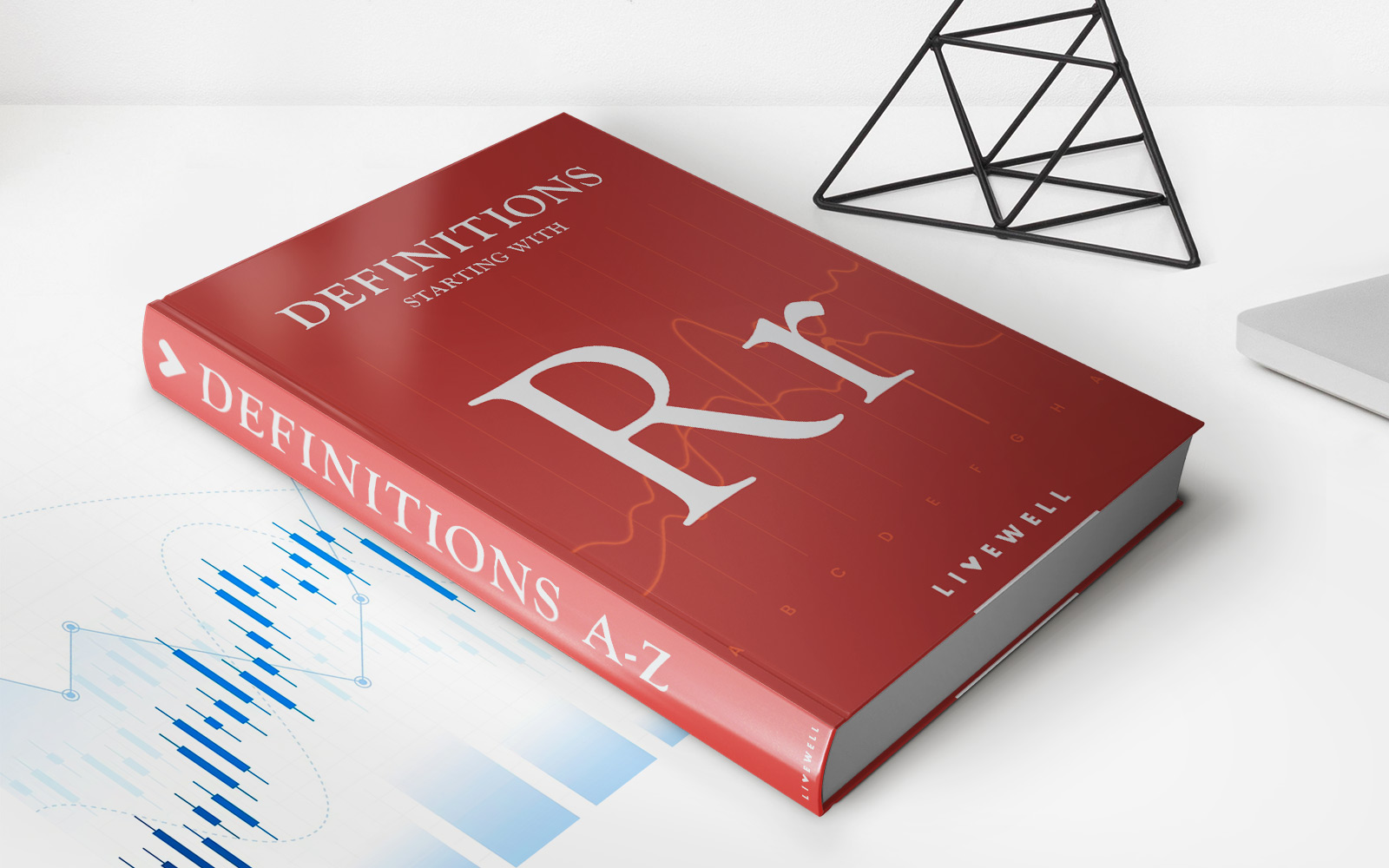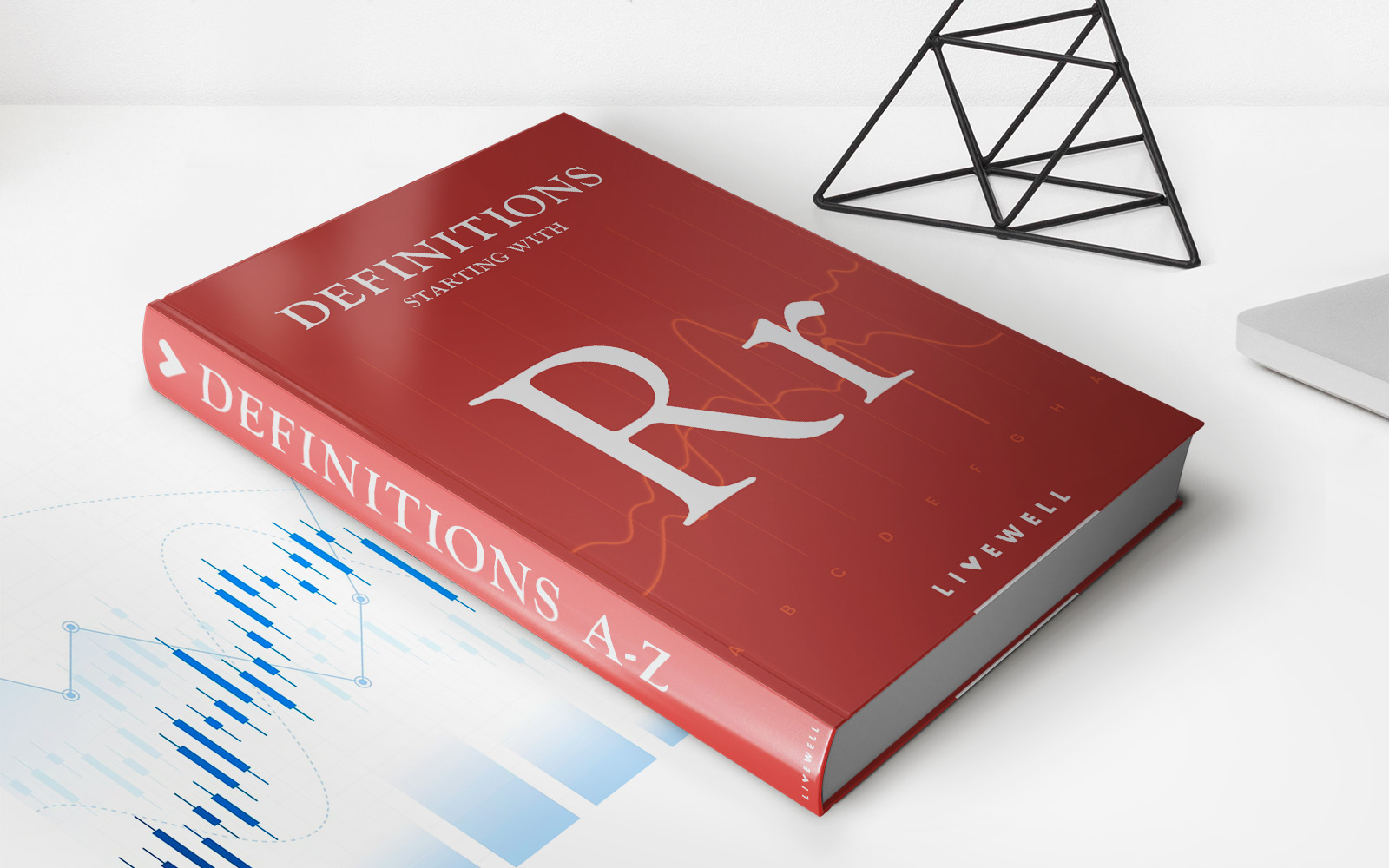Home>Finance>Gross Rate Of Return: Definition, Formula, Vs. Net Return


Finance
Gross Rate Of Return: Definition, Formula, Vs. Net Return
Published: December 2, 2023
Learn the definition and formula of gross rate of return in finance, and understand how it differs from net return. Master your financial knowledge today!
(Many of the links in this article redirect to a specific reviewed product. Your purchase of these products through affiliate links helps to generate commission for LiveWell, at no extra cost. Learn more)
The Gross Rate of Return: Understanding the Basics
Are you looking for a way to measure the profitability of your investments? If so, then understanding the concept of Gross Rate of Return (GRoR) can be incredibly valuable. With this financial metric, you’ll be able to determine how well your investments are performing and make informed decisions about your portfolio.
Key Takeaways:
- The Gross Rate of Return (GRoR) is a financial metric used to measure the profitability of investments.
- The formula for calculating GRoR is (Current Value – Initial Investment) / Initial Investment, multiplied by 100 to get a percentage.
What is the Gross Rate of Return?
The Gross Rate of Return (GRoR) is a measure of investment performance that takes into account only the income generated by the investment itself. In other words, it is a financial indicator that does not consider any expenses or costs associated with the investment.
Think of GRoR as the total return on your investment before deducting any fees, taxes, or other charges. It provides you with an overview of the investment’s performance without factoring in these external factors. This makes it a useful tool in evaluating the effectiveness of your investment decisions.
How to Calculate Gross Rate of Return
The formula for calculating the Gross Rate of Return is actually quite simple. Follow these steps:
- Subtract the initial investment (the amount you initially put into the investment) from the current value of the investment.
- Divide the difference by the initial investment.
- Multiply the result by 100 to get a percentage.
Gross Rate of Return vs. Net Return
Now that you understand the concept of the Gross Rate of Return, it’s important to differentiate it from the Net Return.
The Gross Rate of Return, as mentioned earlier, measures the performance of the investment without considering any expenses or charges. On the other hand, the Net Return takes into account all expenses and charges related to the investment. It provides a clearer picture of the actual profitability of the investment by deducting these costs from the total return.
Here are a few key differences between Gross Rate of Return and Net Return:
- Gross Rate of Return:
- Net Return:
– Does not account for expenses or charges
– Provides an overview of investment performance
– Useful for evaluating investment decisions
– Accounts for expenses or charges
– Reflects the actual profitability of the investment
– Useful for assessing the impact of fees and taxes
It’s worth noting that both metrics have their place in investment analysis. The Gross Rate of Return allows investors to quickly gauge the performance of an investment, while the Net Return provides a more accurate understanding of its profitability.
In Conclusion
The Gross Rate of Return is a valuable metric for evaluating the performance of your investments. It provides a clear snapshot of how well your investment is doing without taking into account any expenses or charges. By understanding the formula and comparing it to the concept of Net Return, you’ll be well-equipped to make informed decisions about your investment portfolio.














